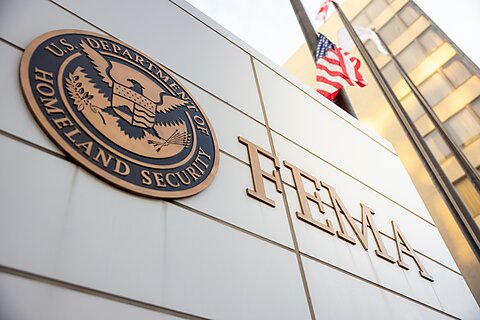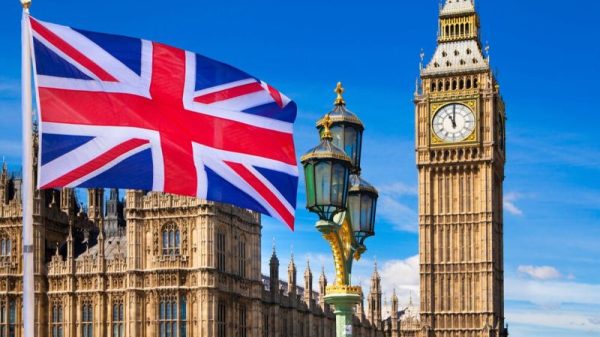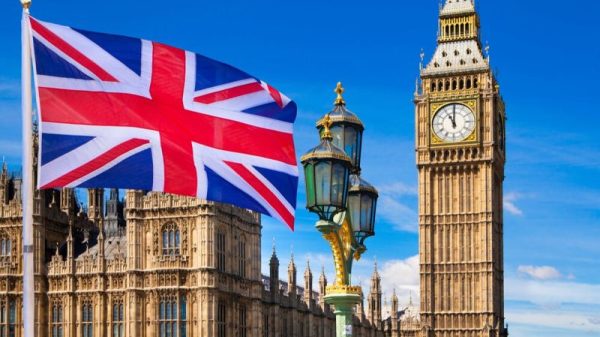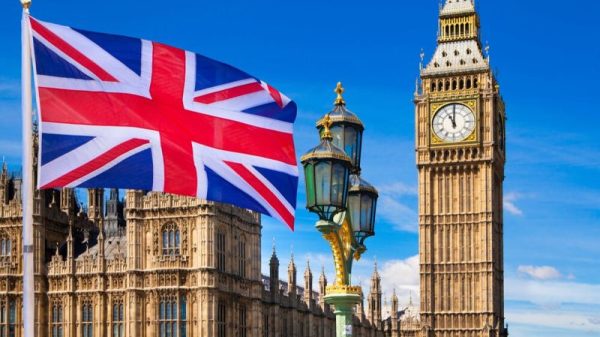Dominik Lett
Since taking office in January, President Trump has repeatedly suggested downsizing and eventually eliminating the Federal Emergency Management Agency (FEMA) and returning disaster responsibility to the states.
Trump’s instincts are right on the money: Decades of federal intervention in what has traditionally been a state-led process have produced slow, inefficient disaster responses, poor mitigation, and wasteful boondoggles. A forthcoming FEMA Review Council report is expected to lay the groundwork for reform.
Yet it will likely fall far short of what’s needed.
On the same day Trump floated the idea of eliminating FEMA in January, he signed an executive order creating a FEMA Review Council. The council is tasked with improving FEMA and is co-chaired by Homeland Security Secretary Kristi Noem and Defense Secretary Pete Hegseth. In theory, the council’s report could still catalyze a smaller federal role in disaster management by narrowing FEMA’s mission to truly catastrophic events, ratcheting down the federal cost share, and curbing subsidies that encourage building in harm’s way.
More likely, though, the council’s already delayed report is shaping up to be a missed opportunity and a direct rebuke to Trump’s better instincts on disaster federalism.
Per reporting from The New York Times, Politico, and the Associated Press, the council has largely rejected the president’s ideas to downsize FEMA. Reforms under discussion include getting money out the door faster, renaming FEMA, moving the headquarters to Texas, restoring FEMA to a cabinet-level agency, and ending FEMA aid for disasters that occurred more than a decade ago.
Frustratingly, a variety of excellent policy ideas, from legislative reforms to the Stafford Act to meaningfully reducing federal cost sharing, are likely to have been left on the cutting-room floor. This would abandon the president’s original vision for significantly downsizing FEMA and leave federal taxpayers on the hook for the lion’s share of states’ disaster costs.
Over the past decade, FEMA’s annual spending has grown from about $19 billion in 2016 to roughly $32 billion in 2025 (adjusted for inflation). Much of FEMA’s spending has gone to finance a steady flow of routine, lower-level disasters and long-tail recovery costs from events that happened years ago.
Federal dollars also come with federal strings, and those strings often complicate the jobs of state and local officials, who are best positioned to manage disasters. Navigating the thicket of top-down mandates and paperwork can be burdensome and slow disaster response. The more Washington centralizes dollars and decision-making, the more it crowds out local expertise.
To its credit, the review council is reportedly considering time-limiting disaster aid and reducing bureaucratic red tape to expedite aid distribution. Both changes would improve some of FEMA’s cost and bureaucracy problems. Yet they are insufficient alone, and the remaining policy ideas being floated fail to address the myriad problems at play with federal disaster policy.
When Washington foots the bill for most disaster expenses, it dulls incentives for everyone else to manage risk. Governors tend to seek federal disaster declarations early and often to unlock federal aid. States, localities, and the private sector will also build in risky areas and fail to invest in adequate mitigation and infrastructure, knowing that Uncle Sam will pay for any disaster costs after the fact.
Nowhere is this perverse incentive more apparent than with the National Flood Insurance Program (NFIP). Through the NFIP, the federal government subsidizes developments in flood-prone areas, effectively shifting the financial risks from property owners to federal taxpayers. This leads to elevated risk-taking and repeated bailouts. In short, federal disaster subsidies can contribute to more harmful, costlier disasters.
Federal disaster aid also acts as a regressive redistribution scheme. Disaster aid and flood insurance dollars disproportionately flow to wealthier households and communities with higher-value properties, particularly in hazard-prone coastal areas. Tax dollars, on average, are redistributed from poorer inland states, such as Kansas, to wealthier, more disaster-prone coastal states, such as California and Florida. This scheme results in the average middle-income taxpayer financing the decisions of wealthier individuals to live and build in harm’s way.
The preliminary report’s apparent failure to address these problems shouldn’t be particularly surprising given the council’s composition. Half of the council’s members are from Texas, Florida, and Louisiana, three of the five states that benefit the most from FEMA aid. States that gain the most from federal subsidies are among the least likely to suggest that states should cover a larger share of their own disaster costs.
There is still time to go back to the drawing board and improve the report. The FEMA Review Council should take the president’s instincts about disaster federalism seriously and chart a path to shift responsibility back to the states. That means narrowing FEMA’s mission to truly catastrophic, multi-state events, ratcheting down the federal cost share, raising the bar for federal disaster declarations, and winding down subsidies that encourage people to live and build in high-risk areas.
The choice is stark: Go big on FEMA reform and scale back the federal government’s role in disaster management—or go home having produced another middling government report that leaves federal taxpayers subsidizing costly, risky decisions. If the council pursues the latter option, it will fall well short of what is needed.























